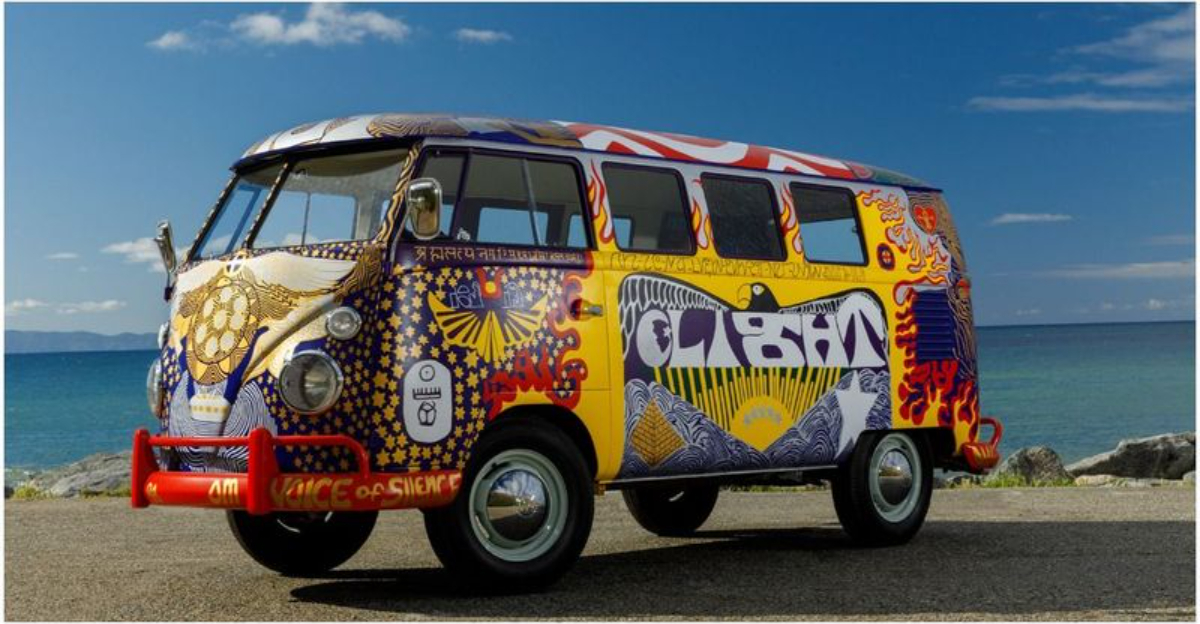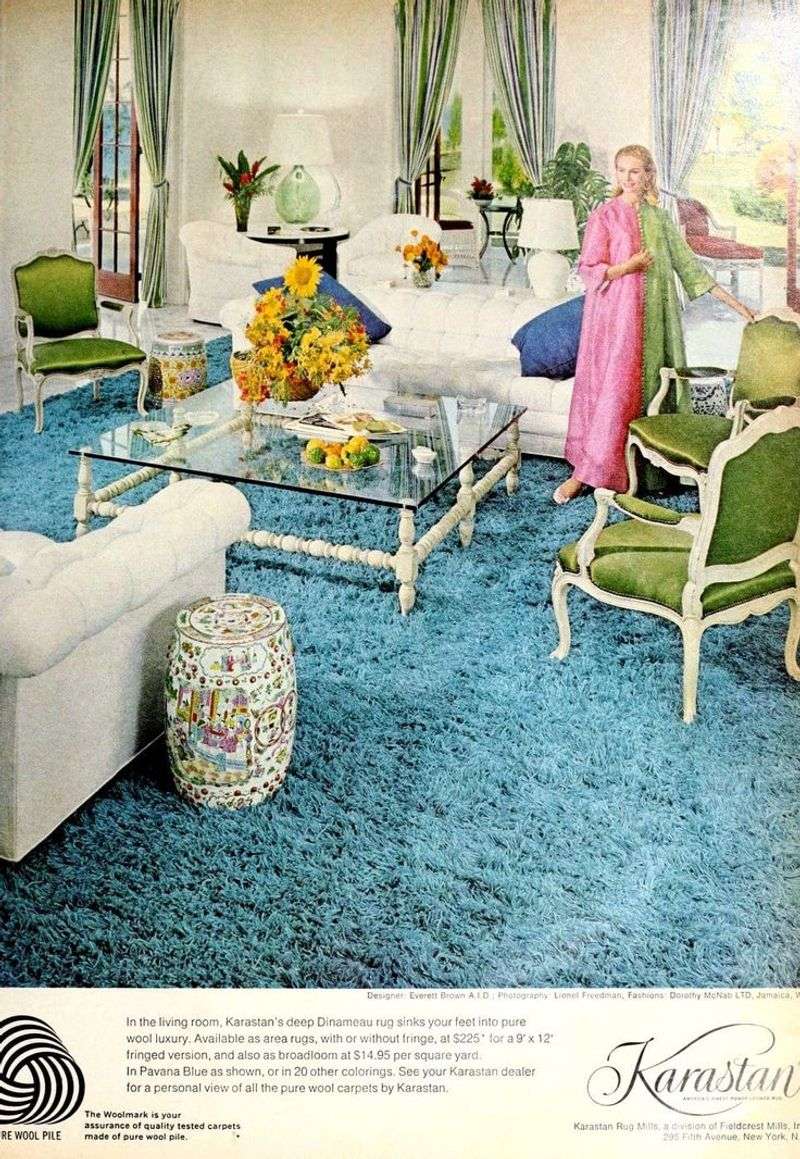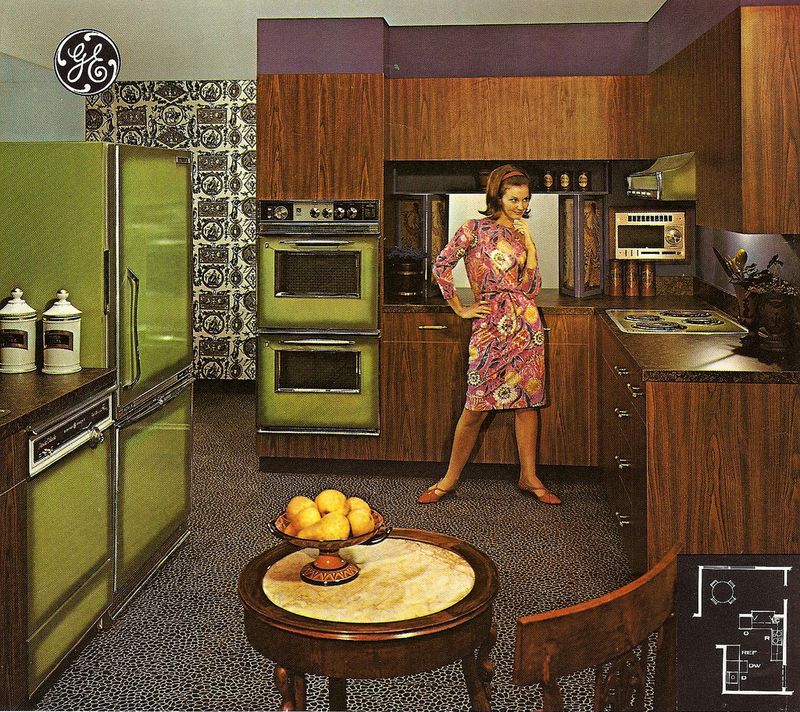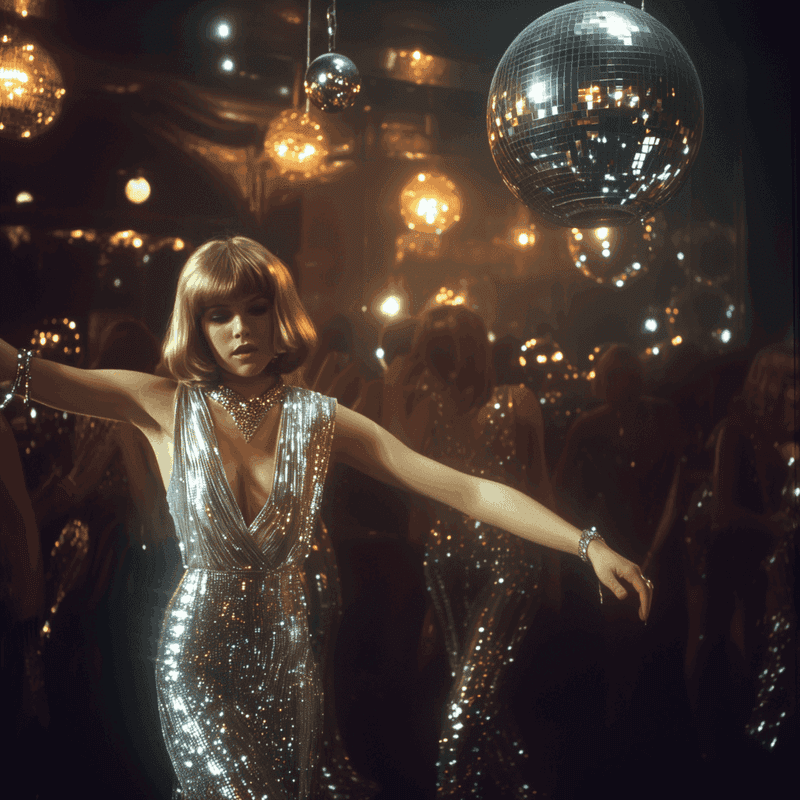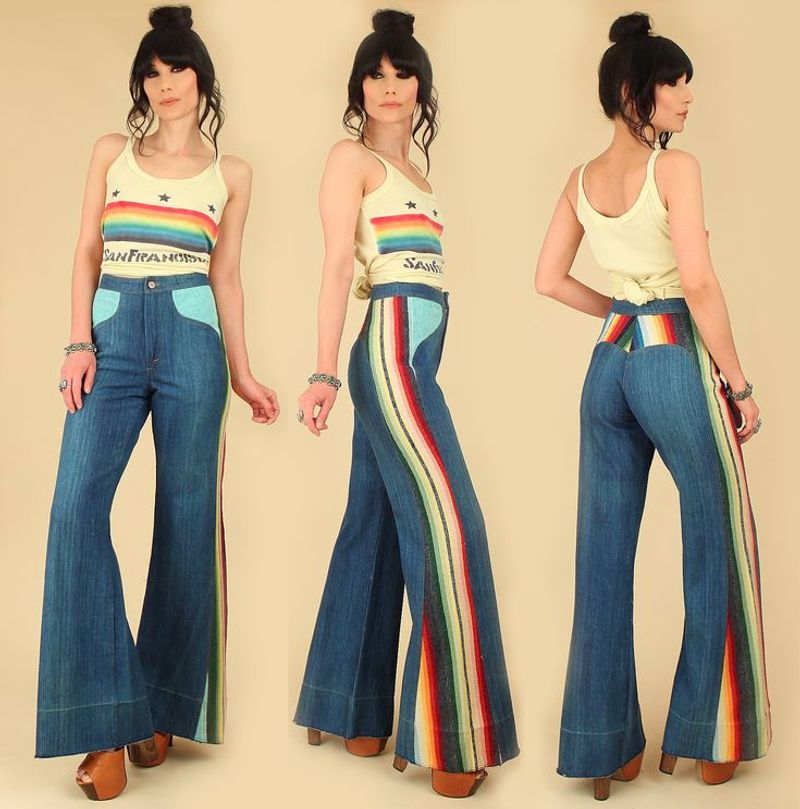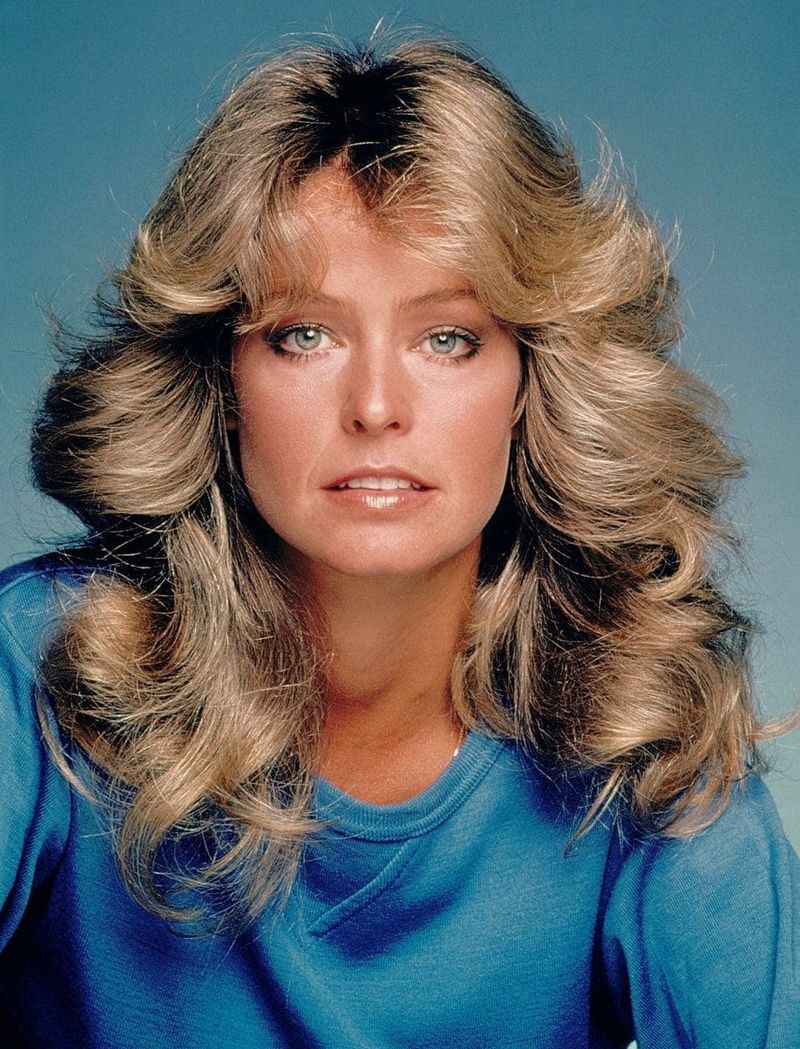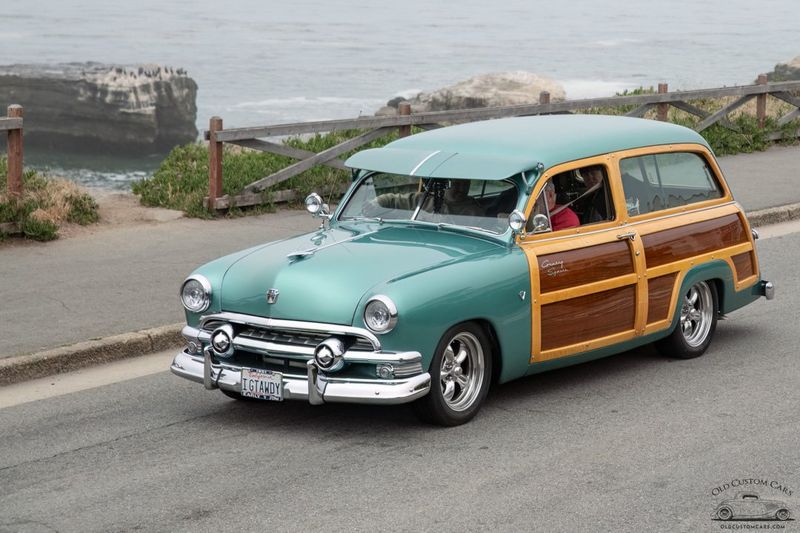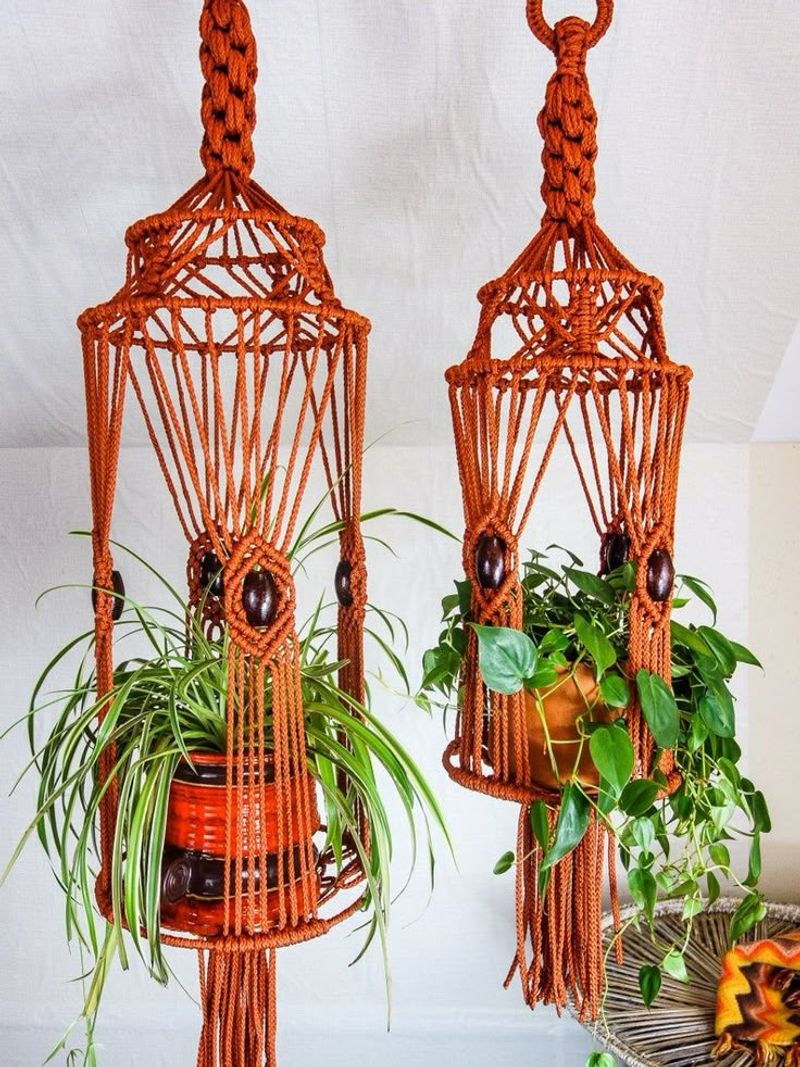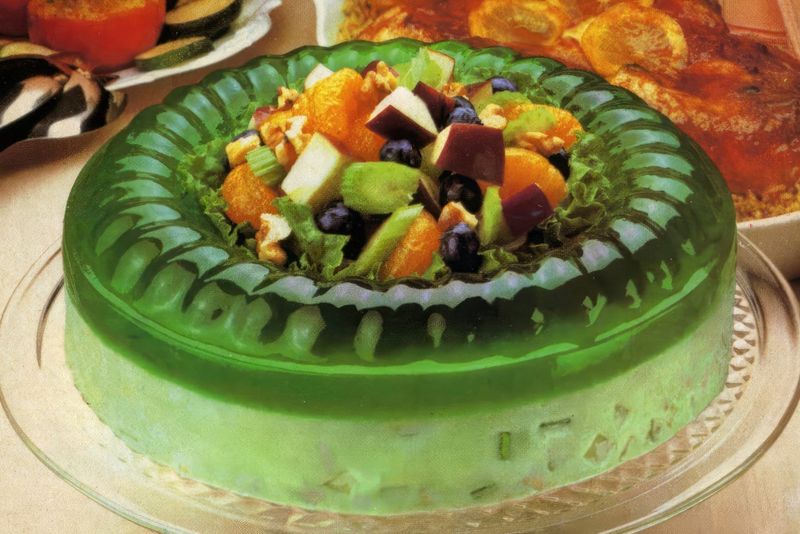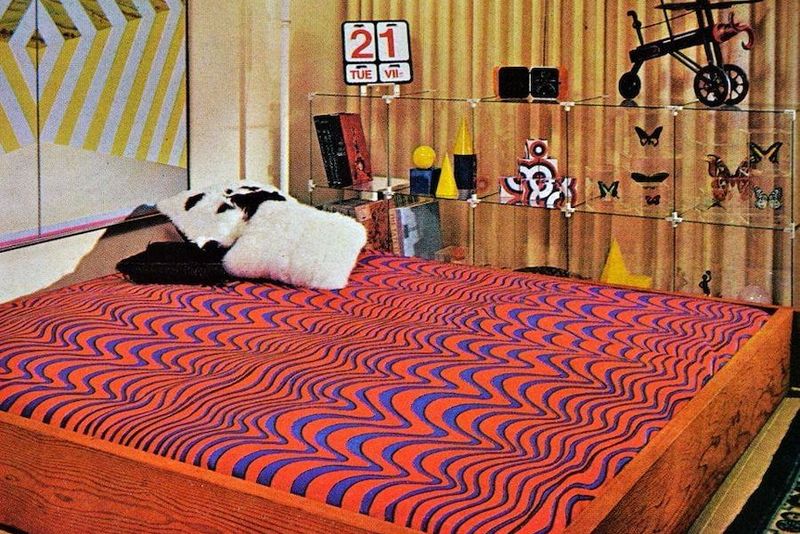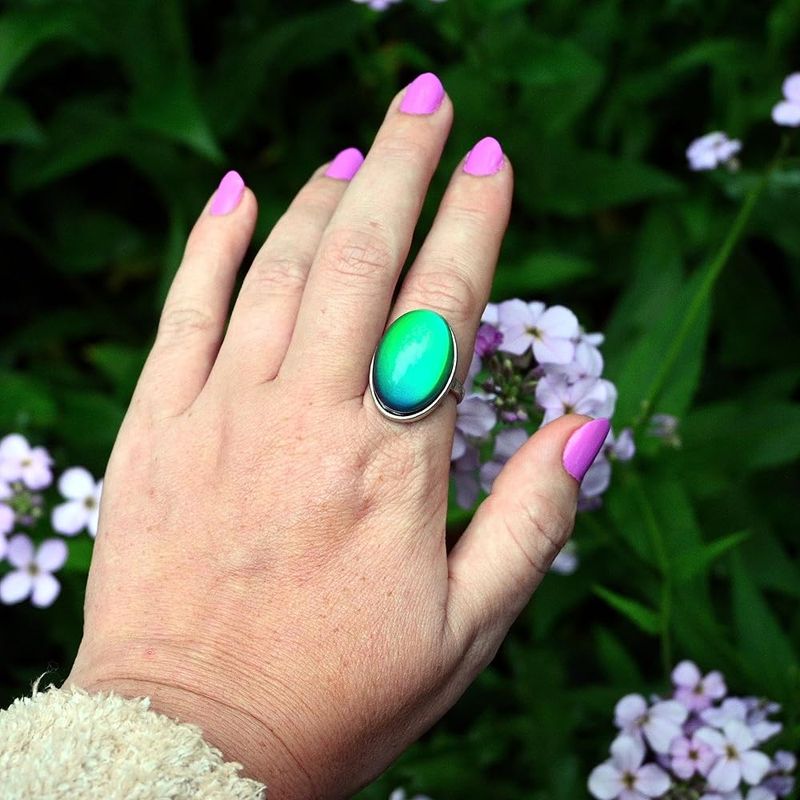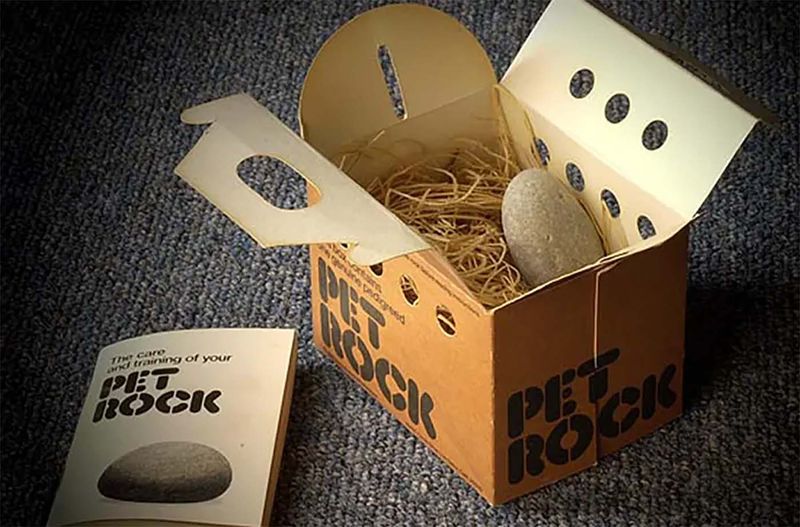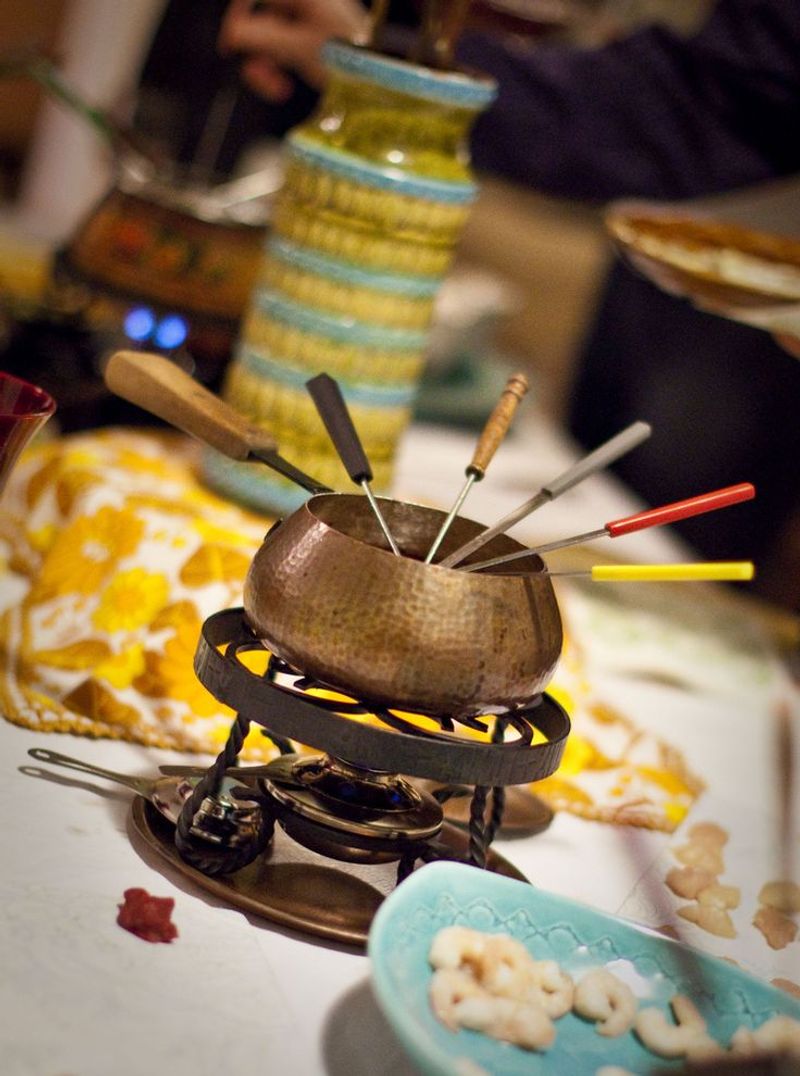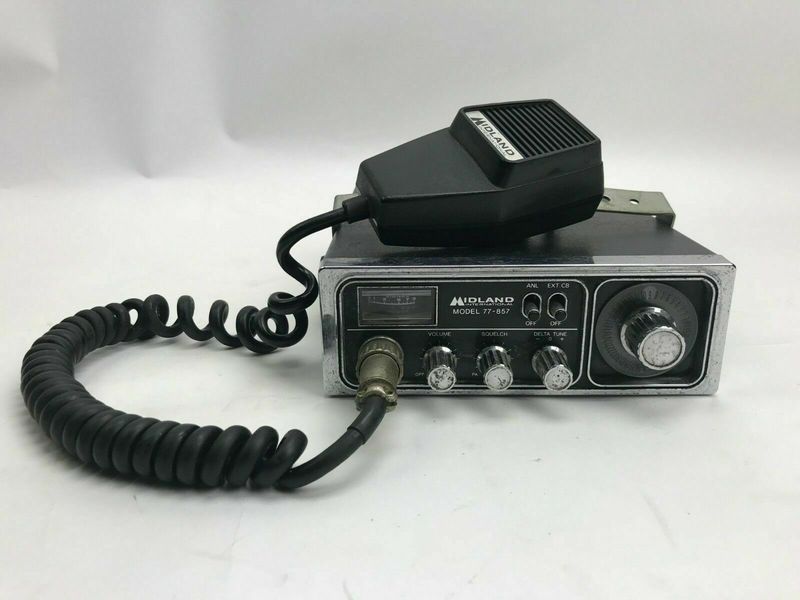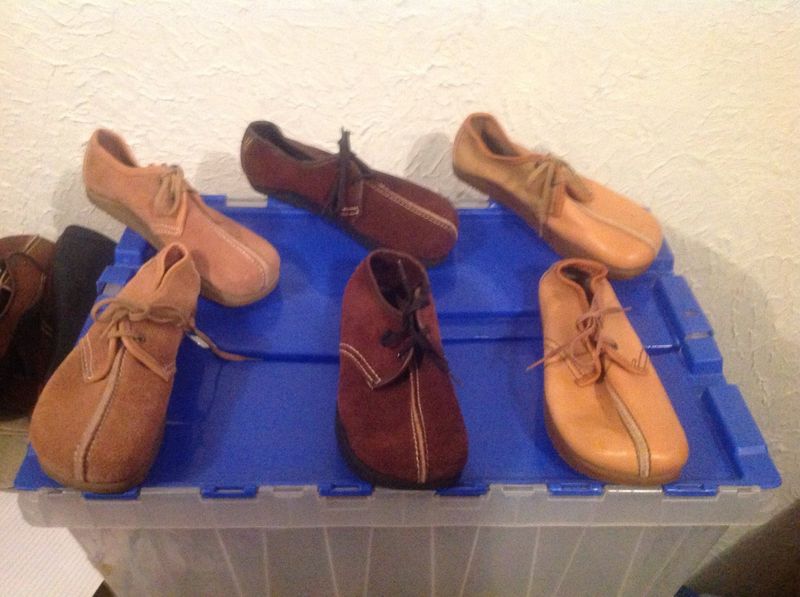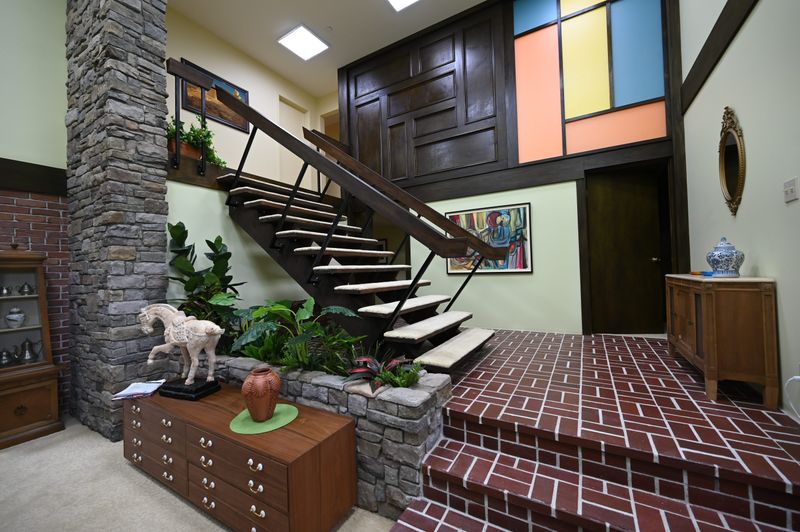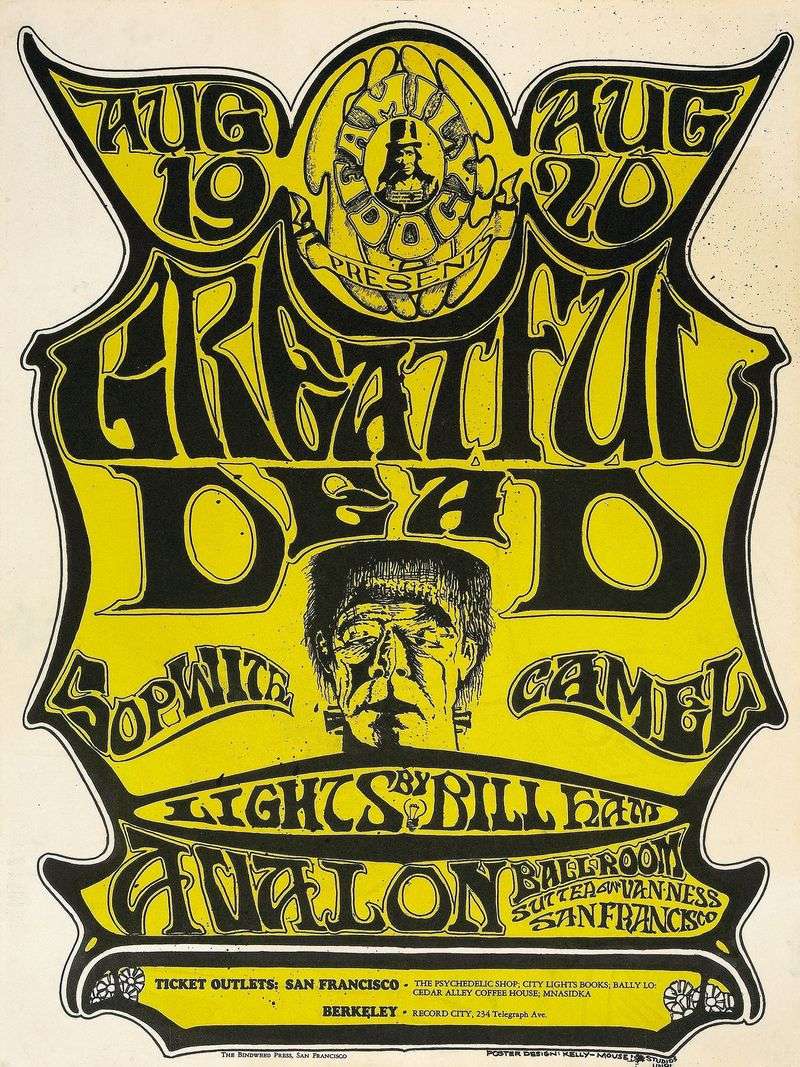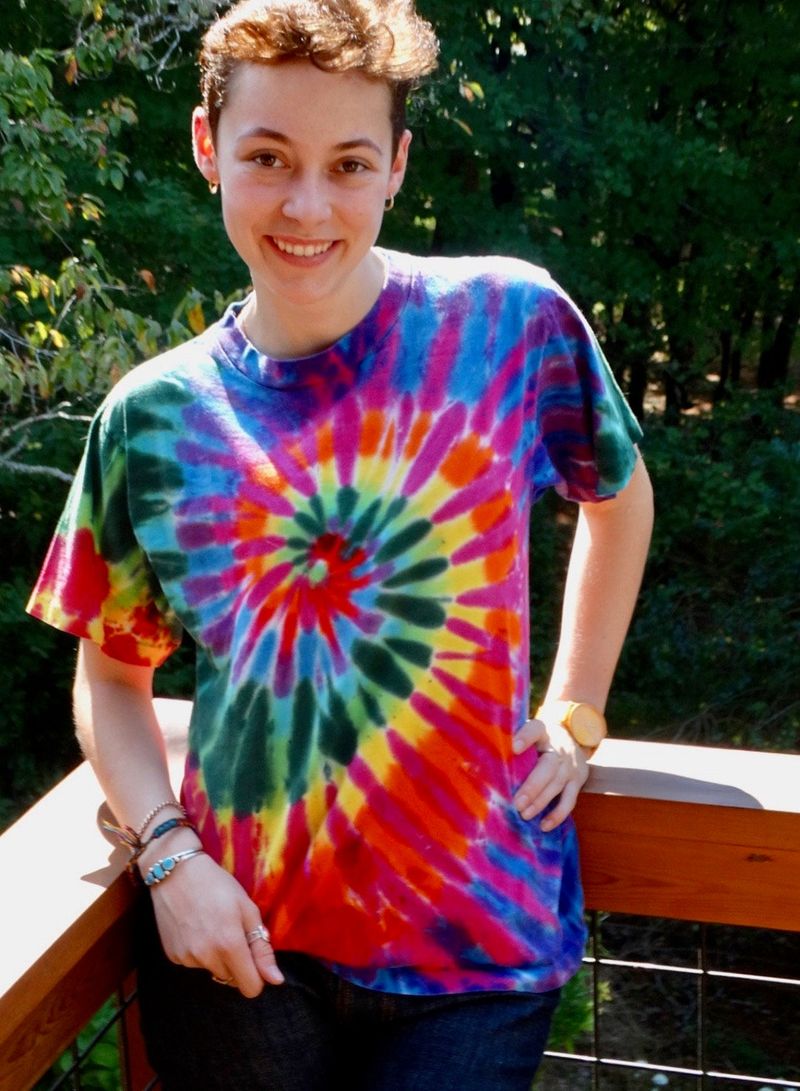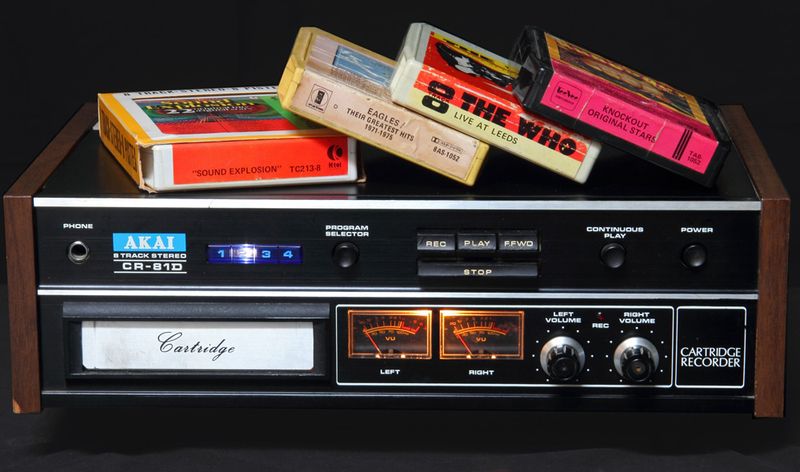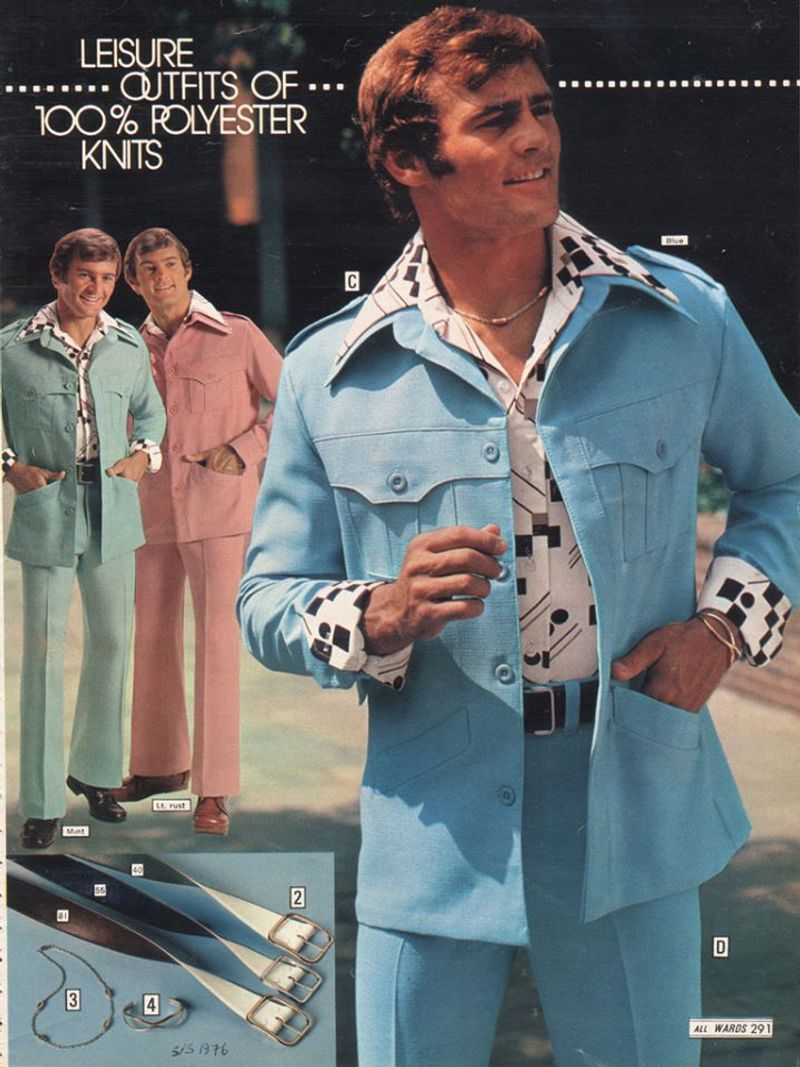Explore a nostalgic journey through the iconic relics of the 1970s. From home decor to fashion trends, this list captures the essence of an era defined by its eclectic style and cultural shifts. Whether you lived through it or just admire it from afar, these 20 items encapsulate a decade that continues to influence art and fashion today.
1. Shag Carpeting (Everywhere)
In the 1970s, shag carpeting was synonymous with home comfort and style. Its thick, fluffy texture came in a spectrum of colors, often in earthy tones or bold shades like bright orange. Not confined to just floors, shag carpeting found its way onto stairs and even walls, creating a cozy, plush environment. Walking barefoot on shag was a sensory delight, adding a touch of luxury to everyday life. Whether in a suburban home or a city apartment, shag carpeting was more than a design choice; it was a lifestyle statement. Love it or hate it, shag was undeniably seventies.
2. Avocado Green Appliances
Avocado green appliances were the heart of any 1970s kitchen. Whether it was the fridge, stove, or toaster, this distinctive color was a staple in homes across America. Paired with harvest gold, these colors defined a generation’s aesthetic preferences. The bold hues added a pop of color to everyday life, making even mundane tasks feel vibrant. Kitchens became a canvas for creativity, reflecting the decade’s broader cultural shifts. Avocado green wasn’t just a color—it was a symbol of the era’s embrace of individuality and flair. Cooking in the ’70s had a style all its own.
3. The Disco Ball & Glitter Everything
The 1970s disco era wasn’t just about music; it was an entire lifestyle filled with glitter and sparkle. The disco ball, with its mesmerizing reflections, became the centerpiece of every dance floor. As it spun, it cast shimmering lights across sequined outfits, capturing the essence of the time. Glitter wasn’t confined to the clubs; it made its way into fashion and makeup, adding sparkle to everyday life. The era celebrated extravagance and self-expression, with the disco ball symbolizing the joy and freedom of endless nights on the dance floor. Glitter was more than decoration; it was an attitude.
4. Bell-Bottom Jeans (Wide-Legged Glory)
Bell-bottom jeans were the epitome of 1970s fashion. Wide-legged and often high-waisted, they flared out with dramatic flair. These jeans were more than just a trend; they were a statement of individuality and rebellion. Paired with platform shoes, they created an elongated silhouette that was both flattering and bold. Whether worn by rock stars or everyday individuals, bell-bottoms transcended social boundaries. Their universal appeal lay in their versatility, suitable for both casual and formal settings. Bell-bottoms were not just another piece of clothing; they were a reflection of the decade’s vibrant spirit and freedom.
5. The Volkswagen Bus (Peace, Love & Road Trips)
The Volkswagen Bus, with its distinctive shape and vibrant colors, became an icon of the 1970s counterculture. Often painted with psychedelic designs or adorned with flower power decals, it symbolized freedom and adventure. This beloved vehicle was more than just a mode of transport; it was a home on wheels for free spirits and road trip enthusiasts. Whether cruising down the highway or parked at a festival, the VW Bus embodied a sense of community and peace. Its legacy lives on, representing an era where exploration and self-discovery were celebrated. The VW Bus wasn’t just driven; it was lived in.
6. Farrah Fawcett’s Feathered Hair
Farrah Fawcett’s feathered hair became one of the defining looks of the 1970s. Her voluminous, perfectly layered hairstyle captured the imagination of a generation, leading to countless imitations. Women (and some men) flocked to salons to achieve the cascading waves that framed her face so elegantly. It wasn’t just a hairstyle; it was a symbol of beauty and confidence. Farrah’s hair represented a carefree and glamorous lifestyle, inspiring fans worldwide. Her look was more than just fashion; it was a cultural phenomenon that continues to influence hairstyling today. Feathered hair remains a classic, timeless beauty statement.
7. Wood-Paneled Station Wagons
Wood-paneled station wagons were the quintessential family car of the 1970s. With their faux-wood siding and spacious interiors, they were the go-to vehicle for road trips and family outings. These cars boasted enough room for six kids, luggage, and even the family dog. Practical yet stylish, the wood paneling added a touch of rustic charm, making it a beloved choice for suburban families. The station wagon was more than transportation; it was a symbol of family unity and adventure. Its legacy endures, evoking nostalgia for simpler times and carefree childhoods filled with endless road trips and exploration.
8. Macramé Plant Hangers
Macramé plant hangers were a staple in 1970s bohemian home decor. Crafted from knotted ropes and cords, these hangers elegantly displayed houseplants like spider plants and ferns. The intricate designs added an artistic touch to any space, bringing nature indoors and elevating the aesthetic of living rooms and patios alike. Beyond their decorative appeal, macramé hangers represented a connection to nature and a laid-back lifestyle. They reflected the era’s emphasis on craftsmanship and self-expression. As the plants swayed gently, they brought life and vibrancy to homes, making them a beloved feature of ’70s interior design.
9. The Jell-O Mold (Lime, Please)
The Jell-O mold was a culinary staple of the 1970s, often appearing at family gatherings and potlucks. With its wobbly texture and vibrant colors, it was both a visual and gustatory delight. Lime Jell-O was a favored choice, sometimes encasing fruits or even vegetables for added intrigue. These molds were as much about form as flavor, showcasing creativity and whimsy in the kitchen. While some recipes raised eyebrows (mayonnaise, anyone?), the Jell-O mold remained a beloved dessert. It captured the era’s experimental spirit, where food was both a canvas and a conversation starter, delightfully unconventional yet nostalgic.
10. Waterbeds (The Ultimate Status Symbol)
Waterbeds became the ultimate status symbol in the 1970s. Sleek and futuristic, they promised a new kind of sleeping experience. The gentle wave motions offered relaxation and comfort, making them a must-have for cool teenagers and trendsetters. Waterbeds symbolized luxury and modernity, often accompanied by colorful bedding that matched the era’s bold aesthetic. Their unique design transformed bedrooms into sanctuaries of style and innovation. Despite their bulky nature, waterbeds represented a shift towards personalized comfort in home furnishings. They remain a nostalgic emblem of ’70s indulgence, embodying a time when innovation and design went hand in hand.
11. Mood Rings (Because Science?)
Mood rings captured the imagination of the 1970s with their promise of revealing the wearer’s emotional state. These color-changing gems, set in ornate bands, were both a fashion accessory and a curiosity. As body temperature shifted, the liquid crystals in the ring changed color, supposedly indicating moods. Whether science or novelty, mood rings were undeniably popular, appealing to both kids and adults. They reflected the decade’s interest in self-exploration and mysticism, marrying style with intrigue. Mood rings were more than jewelry; they were a playful glimpse into one’s inner world, symbolizing the era’s blend of wonder and fashion.
12. The Pet Rock (Peak ’70s Fad)
The Pet Rock became a cultural phenomenon in the 1970s, epitomizing the era’s love for novelty fads. Sold in a box with air holes and accompanied by a manual, this simple rock was marketed as the perfect low-maintenance pet. It required no feeding, walking, or grooming, appealing to those seeking humor and simplicity. The Pet Rock’s success lay in its absurdity and clever marketing, capturing the quirky spirit of the time. Though its popularity was fleeting, it remains an iconic symbol of ’70s consumer culture, showcasing how creativity and humor could transform an ordinary object into a nationwide craze.
13. Fondue Parties (Cheese & Chocolate Galore)
Fondue parties were the epitome of sophisticated entertaining in the 1970s. Guests gathered around a communal pot, dipping bread into molten cheese or fruit into rich chocolate. This interactive dining experience was not only about flavor but also about social connection and camaraderie. Fondue pots became a staple at gatherings, reflecting the era’s embrace of communal dining and culinary exploration. Whether for a casual get-together or a formal event, fondue added a touch of elegance and fun. It remains a nostalgic reminder of a time when shared experiences were at the heart of entertaining, bringing people together over melted delights.
14. CB Radios (“10-4, Good Buddy!”)
CB radios became a cultural phenomenon in the 1970s, bringing trucker culture into the mainstream. These devices allowed drivers to communicate over short distances, creating a unique subculture complete with its own lingo and call signs. Everyone wanted a “handle,” and phrases like “10-4, good buddy” became part of everyday vernacular. CB radios represented more than communication; they symbolized freedom and camaraderie on the open road. As travelers connected over the airwaves, a sense of community and adventure flourished. CB radios were more than gadgets; they were emblems of the decade’s fascination with technology and social interaction.
15. Earth Shoes (The Anti-Heel)
Earth Shoes made their mark in the 1970s with a unique design that promised better posture and comfort. Featuring a negative heel, where the heel was lower than the toe, these shoes aimed to mimic the natural walking position. Their unconventional look quickly gained a following among those seeking both style and health benefits. Earth Shoes represented a shift towards more conscious consumer choices, emphasizing wellness over traditional aesthetics. They were more than just footwear; they embodied a movement towards holistic living. Though polarizing in appearance, Earth Shoes remain a testament to the era’s innovative spirit and quest for balance.
16. The Brady Bunch Staircase
The Brady Bunch staircase became an icon of 1970s television and suburban architecture. This split-level staircase was central to the set of the beloved TV show, symbolizing the blended family’s dynamic. Its unique design captured the era’s architectural trends, blending form and function. The staircase wasn’t just a backdrop; it was integral to the show’s storytelling, hosting countless memorable moments. As a symbol of the ‘70s family home, it represented the decade’s emphasis on togetherness and innovation. The Brady Bunch staircase is more than a set piece; it’s a nostalgic reminder of an era that celebrated family in all its forms.
17. Psychedelic Concert Posters
Psychedelic concert posters of the 1970s were vibrant works of art that captured the era’s countercultural spirit. Featuring swirling designs and bold colors, these posters advertised legendary bands like the Grateful Dead and Led Zeppelin. They weren’t just promotional tools; they were a visual representation of the music’s energy and the era’s creativity. Each poster was a unique blend of art and expression, reflecting the psychedelic aesthetic that defined the time. Collectors and fans treasured them as keepsakes of unforgettable concerts. These posters remain iconic symbols of the 1970s, celebrating a period of artistic innovation and cultural revolution.
18. The “Hug Me” Hippie T-Shirt
The “Hug Me” hippie T-shirt became a symbol of the 1970s peace and love movement. Tie-dyed with vibrant colors, these shirts often featured peace signs and friendly slogans. They were more than just clothing; they were a statement of the era’s ethos of love, acceptance, and community. Worn by festival-goers and activists alike, these T-shirts embodied the spirit of the counterculture, promoting messages of unity and kindness. They captured the decade’s desire for social change and personal expression. The “Hug Me” T-shirt remains a nostalgic emblem of the ‘70s, celebrating a time when clothing was a canvas for values.
19. The 8-Track Tape (Music on a Loop)
The 8-track tape was a revolutionary music format in the 1970s, bringing portable music to the masses. These chunky cartridges, often adorned with album art, allowed listeners to enjoy their favorite tunes on the go. Despite their tendency to switch tracks mid-song, 8-tracks offered a novel way to experience music. They captured the essence of the era’s technological innovation and love for convenience. For music lovers, 8-tracks represented freedom and accessibility, marking a shift in how people consumed music. Though eventually eclipsed by cassettes and CDs, 8-tracks remain a nostalgic symbol of ’70s musical culture and innovation.
20. The Leisure Suit (Polyester Paradise)
The leisure suit, with its matching jacket and pants in polyester fabric, became a staple of 1970s fashion. Available in a variety of colors, from powder blue to brown, these suits offered a casual yet stylish alternative to traditional formal wear. They symbolized the era’s embrace of comfort without sacrificing flair. Worn by everyone from businessmen to disco enthusiasts, leisure suits captured the laid-back, adventurous spirit of the decade. Their shiny texture and bold patterns made them a standout choice for social gatherings and dance floors alike. The leisure suit remains a quintessential symbol of ’70s style and sartorial daring.
